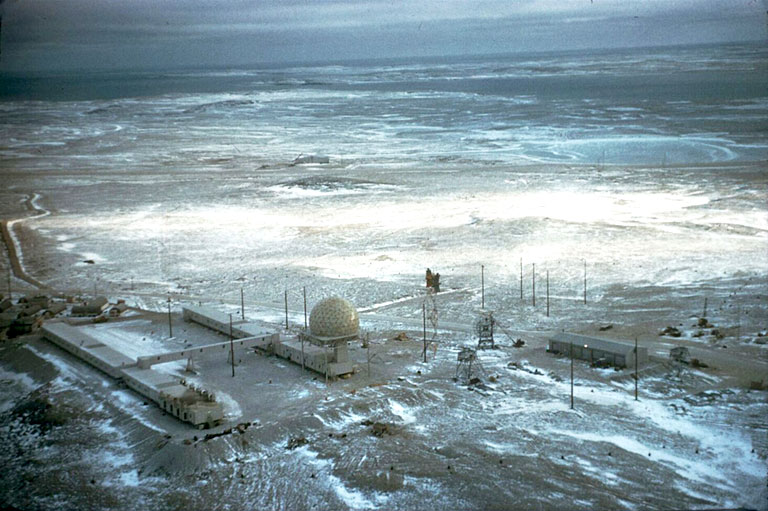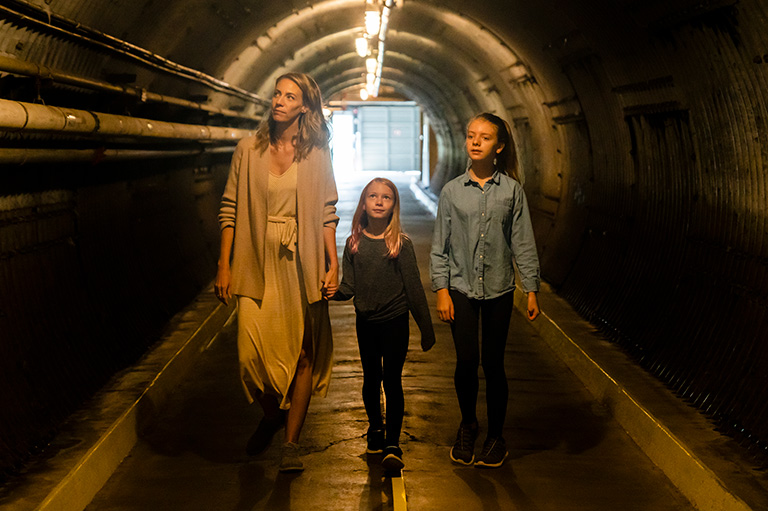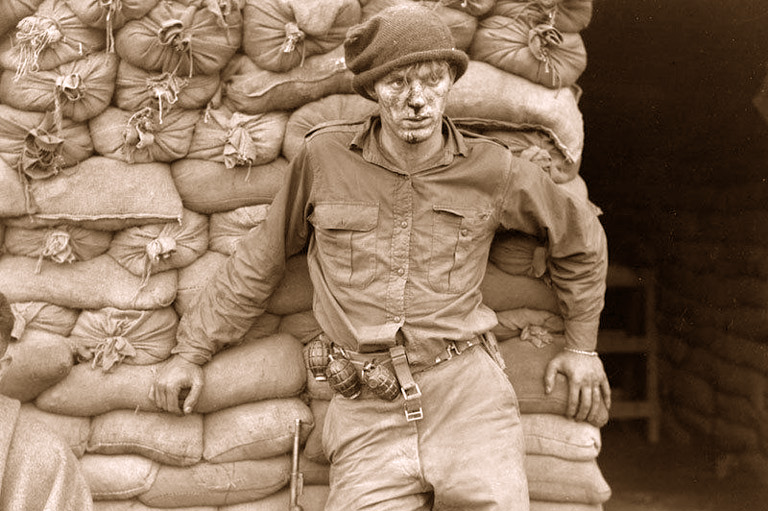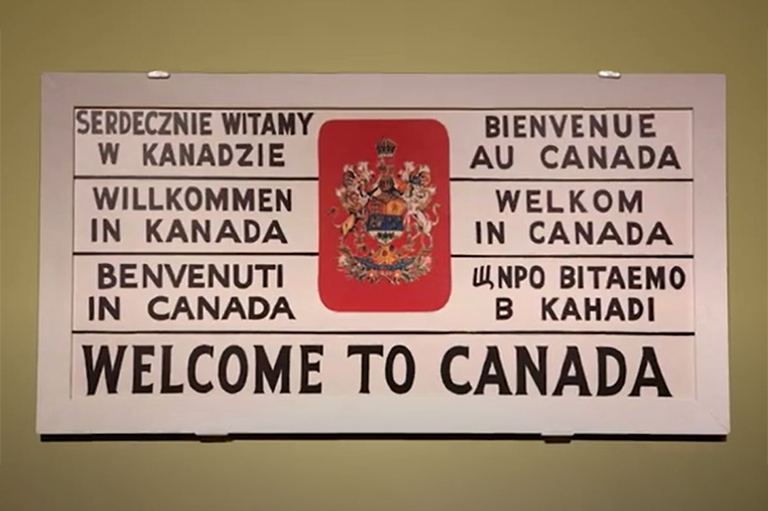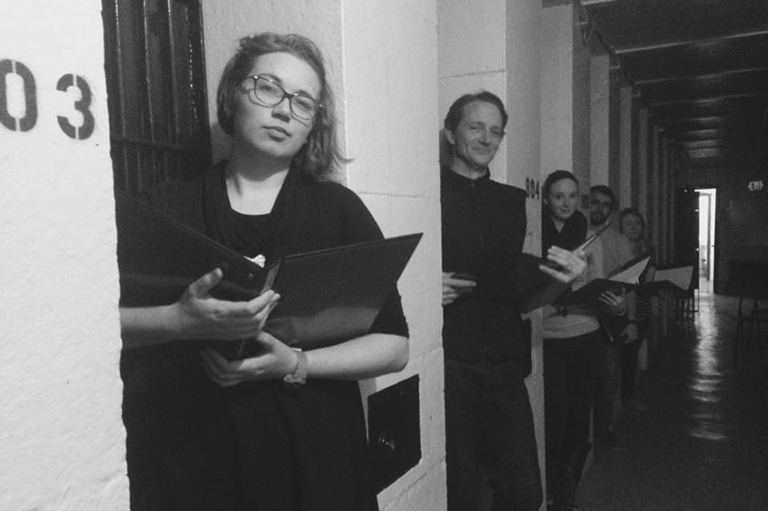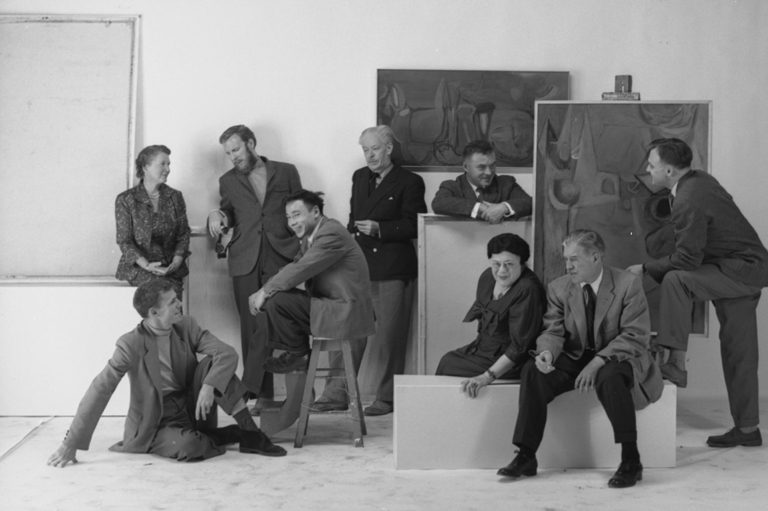Gimme Shelter?
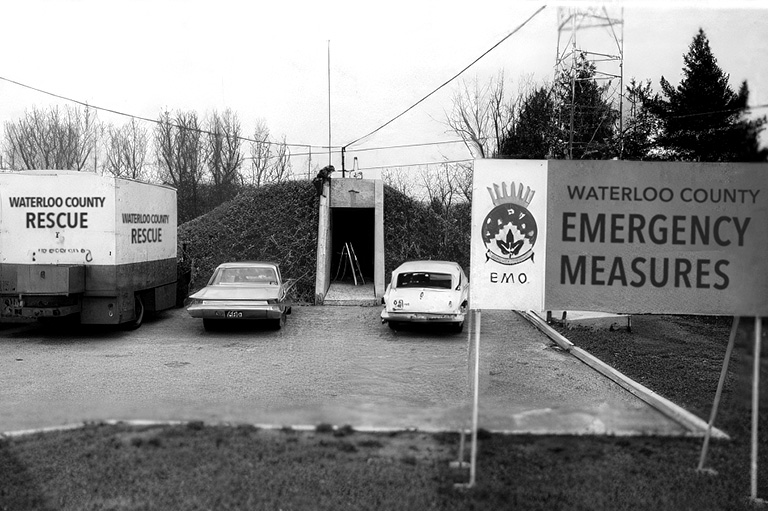
For nearly sixty years, a hulking concrete structure has stood near the banks of the Grand River in Kitchener, Ontario, awaiting an emergency that never came.
The nuclear fallout shelter was designed to shield dozens of Waterloo County’s most important officials from deadly radioactive fallout following a nuclear strike. But the bombs never fell, and now, decades later, the Region of Waterloo is considering ideas for the building’s future. The project and its estimated $4.5-million price tag have generated a strong response in the community: Some people say it isn’t worth the cost to preserve the Cold War relic, while others argue it’s a rare piece of history worth protecting.
“Heritage, art, and culture are always worth investing in. But the investment in them always gets pitted against other things, and we’re at a time when budgets are very tight,” said Helen Chimirri-Russell, the Region of Waterloo’s director of cultural services. “I’m glad people are talking about it and [that] it’s something that’s elicited such a response. [It] means there’s something important there.”
Built in 1966 at the height of the Cold War, the Municipal Emergency Government Headquarters (MEGHQ) is a mounded-earth bunker, half of which lies deep underground, while the other half is covered with only about half a metre of soil. Its twenty-five-centimetre-thick concrete walls provided a protection factor of five hundred — meaning someone inside the structure would receive one five-hundredth the radiation as someone outside would receive. With fourteen rooms and a central hallway, the bunker had space for up to forty people, including ten elected officials, emergency responders, and a cook, among others. It had its own well and septic system, plus a twenty-kilowatt diesel engine, and was designed by the same architectural firm that designed the CN Tower.
Decommissioned in 1992, the bunker is not a designated heritage structure, and regional staff believe it’s the only municipally owned MEGHQ in the country.
A structural analysis in 2020 found mould, lead, asbestos, and mercury throughout the building, and moisture had caused excessive structural damage. In late 2021, the regional council voted to spend $687,000 on emergency repairs to keep the building from further deterioration. That repair work wrapped up in early 2023.
Not everyone agreed with spending taxpayer dollars on the building. “I think it’s a pretty easy decision to not do the renovation and move on,” said Regional Councillor Michael Harris back in 2020, when council first began discussing the project. Others in the community have echoed this sentiment.
Some, however, believe the site’s Cold War history is a reason for conserving it. “I think there’s a real educational opportunity here,” said Regional Councillor Sean Strickland.
The region is working with Sara Matthews, an associate professor of communication and cultural studies at Wilfrid Laurier University, to explore the cultural importance of the site. She previously collaborated with the Diefenbunker: Canada’s Cold War Museum — housed in a massive underground nuclear shelter in Ottawa built for top federal officials to escape nuclear fallout — to analyze and to preserve Cold War documents. Matthews didn’t even know Waterloo’s bunker existed until she saw news stories about the project. “That just goes to show how much these regional histories have sort of been buried,” she said.
In 2021 residents were asked to complete a survey on potential reuse options, and about a third of the 989 respondents said the region should do nothing with it, bulldoze it, or sell the land. The rest offered suggestions for adaptive reuse, such as a museum, an art gallery, or another type of community space.
We hope you’ll help us continue to share fascinating stories about Canada’s past by making a donation to Canada’s History Society today.
We highlight our nation’s diverse past by telling stories that illuminate the people, places, and events that unite us as Canadians, and by making those stories accessible to everyone through our free online content.
We are a registered charity that depends on contributions from readers like you to share inspiring and informative stories with students and citizens of all ages — award-winning stories written by Canada’s top historians, authors, journalists, and history enthusiasts.
Any amount helps, or better yet, start a monthly donation today. Your support makes all the difference. Thank you!
Themes associated with this article
Advertisement
With 7 uniquely curated newsletters to choose from, we have something for everyone.

